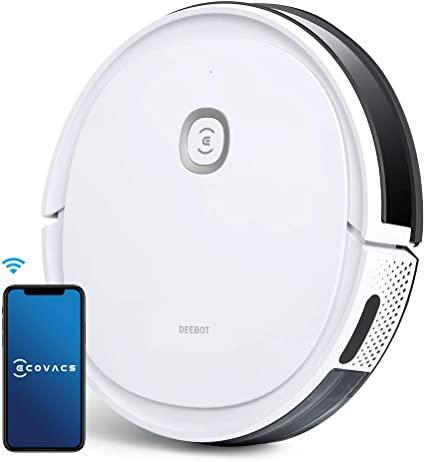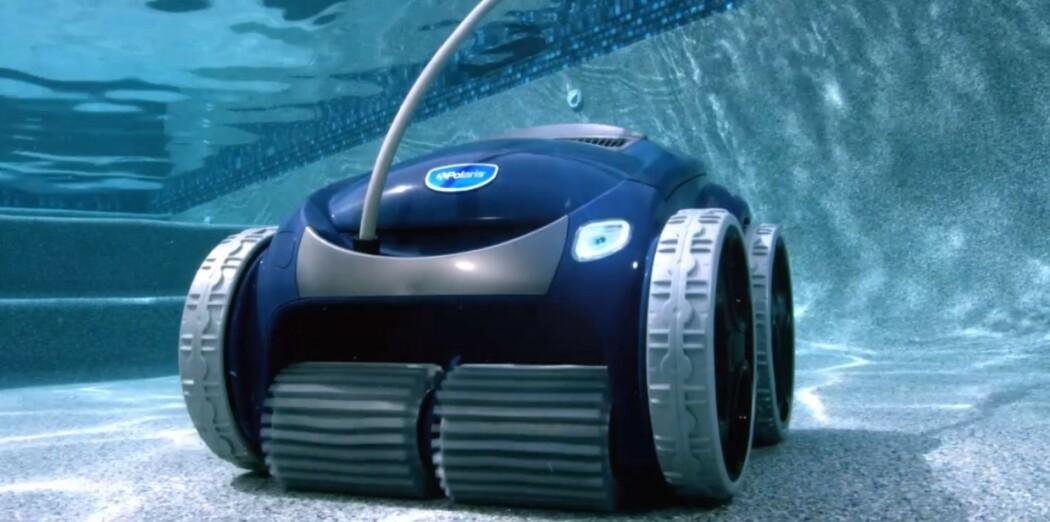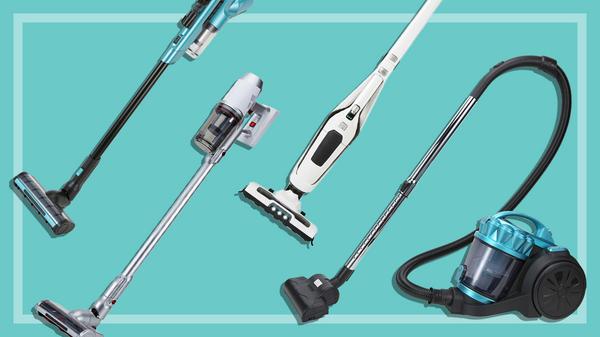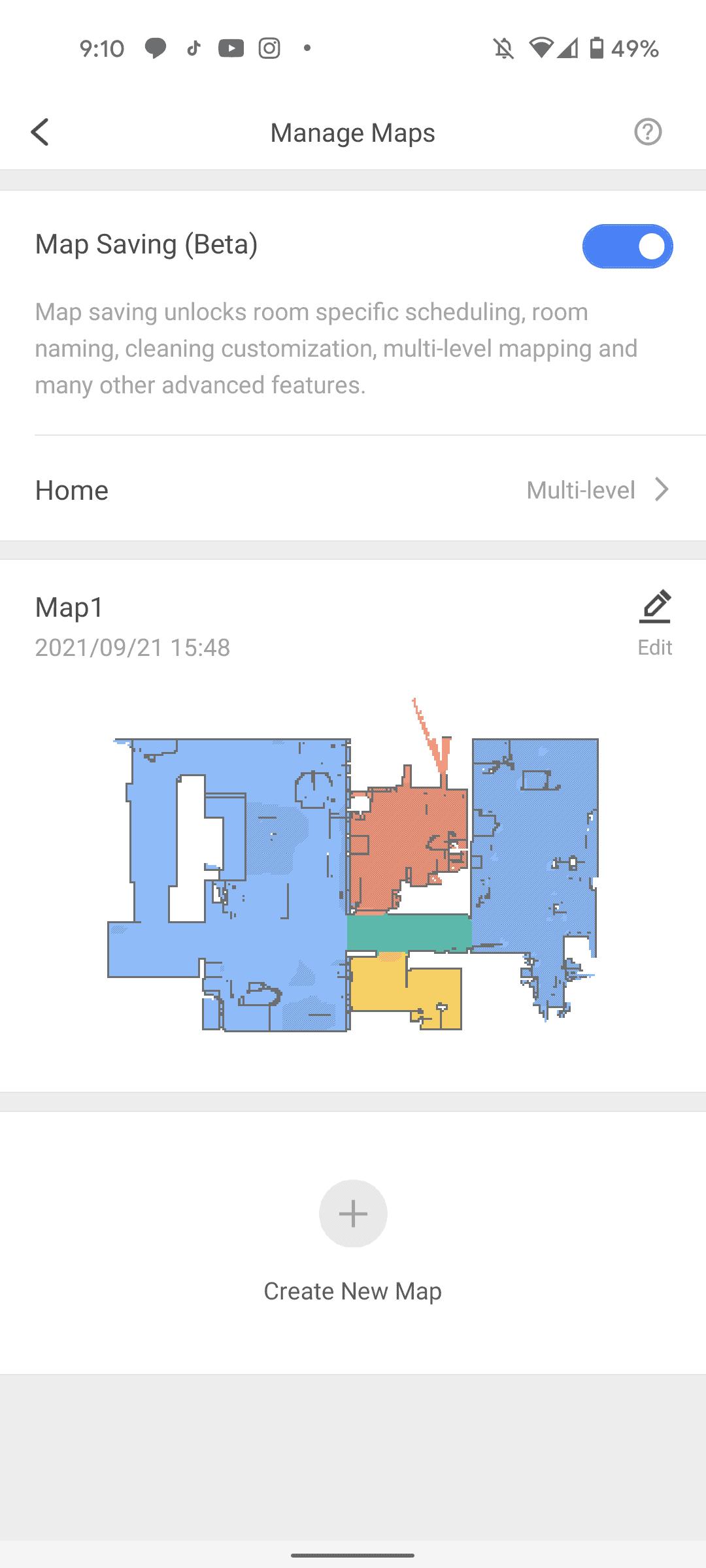Ecovacs Deebot Ozmo U2 – the value robovac/mop (vacuum review)
The Ecovacs Deebot Ozmo U2 is its value offering. As such, we have had to invent a whole new test paradigm. What do you expect from a $399 product compared to one that is three-or-more times the price?
To be blunt, if we compared Deebot Ozmo U2 to its smart Deebot siblings, this is a dumbot! Why? It does not have things like LiDAR smart mapping, intelligent obstacle avoidance, smart mopping and all that goes with that. If you expect more (and as a reviewer, perhaps I have been spoiled in that regard), know that it is a limited device that you should only buy if you know what it is best at.
Note this is not the U2 Pro Model DDGN22-72 or 74. These are essentially the same robot with different pet care kits – dust bins and a rubber tangle-free brush.
Details: Ecovacs Deebot Ozmo U2 with mop Model DDGN22-62
Test home
We have done vacuum reviews for many years and use a three-bedroom home as the test bed. It comprises about 30% long and dense shag pile carpet (that few robovacs have conquered), 30% bamboo hardwood floor, 30% sisal ribbed carpet and 10% ceramic tiled bathrooms. It has a Netgear AX router. Signal strength is excellent. The 2.4Ghz band at the point furthest from the router is approx. -55dBM and 150Mbps (good). All reviews have a minimum of four runs – this had 11 as we tried to improve our findings.
Let’s sort out the detail on robovacs
Robovacs come in two basic types. The more expensive ones use LiDAR or similar to create a 2D map of the vacuum area. They can set go-and-no-go zones that are vital if the device has a mopping pad. Some are better than others at obstacle detection. The nirvana is to be able to leave the robovac to its job without lifting everything off the floor beforehand. Basic designs are round and D-shaped – we tend to get better results from the latter.
We test against more than 40 paradigms. Examples of round are the Deebot OZMO T8 AIVI 8.2/10. The D-Shaped is the Neato D7 9.2/10. The lower-cost ones like the Deebot OZMO U2 are, for want of a better word, unintelligent robovac/mops. These connect to Wi-Fi at the base station, and navigation is via a set U-or-V-shaped cleaning pattern. It backs out of the base station and starts cleaning or mopping. From there, it bumps around the house until it runs low on battery and tries to find the dock. Note that it does not have an auto-resume after charging.
Google Voice
The Ecovacs app can connect to voice assistants. It can start/stop/pause or return to base. As this does not generate a map, you cannot direct it to clean specific rooms or areas.The app will allow scheduled cleaning.
Navigation
To be clear, it does not map the home. You can set no-go zones using 3-metre magnetic floor strips – they cost about $50. Without smart mapping, it did not find all rooms and missed some open plan areas.
Vacuum power
It has a 26W (Max+) suction power. We are not sure what this is in traditional Kilopascal (Pa) measurement, but it is at the lower end of the scale. Better robovacs will have over 50W power.
Cleaning speed
It averages about .8m2 per minute (48m2 per hour). That is slow compared to the Neato at 90m2 per hour. It is faster on Max+ suction but at the expense of battery life. The reason, however, it simple. The brush is about 14.5cm wide compared to 27.5cm of the Neato. Ergo it takes twice as long to cover the same area.
Cleaning efficiency
This uses U-or-V-shaped cleaning patterns –no map. Over 11 runs, it generally cleaned about 70% of the space missing whole rooms and stubbornly missing a sizeable area next to its dock. Any ’round’ robovac misses edges, especially under built-ion overhangs. This is no different. Onone run we set it to edge mode, but all it did was bump along the edges until it got stuck.
The dustbin is 400ml – not large, and it was full at the end of a 50-60m2 run (no, we don’t have a dirty home). After each run, we ran the Neato D7, a fully intelligent robovac, over the same area, and it found about a further 700ml of detritus.
Our tests include hair and particles ranging from small crumbs to rice bubbles. It was OK on hair, but the larger particle pick-up was very hit and miss. It was particularly inefficient on sisal (ribbed wave pattern) wool carpet, missing almost all detritus. On later tests, we set the vacuum suction to Max+ to clean the short pile sisal wool carpet. Yet, it still left some detritus in the ‘valleys’. This also significantly shortened battery life – we estimate that it would be closer to 50-60 minutes on short pile carpet.
Door sill negotiation
The 60mm knurled wheels handle 20mm sills. But anything over that results in it getting stuck or spinning its wheels, especially with the mop plate attached. But the worse thing is that it dumps considerable detritus from the brush as it climbs over the sill.
Noise and battery
Noise-wise, it is reasonably typical at 68dB in default mode to 78dB in Max+ mode. In terms of battery it uses a 240V to 19V/.6A/11.4W wall charger to a 14.4V/35.56Wh battery. The battery uses four 18650 (or similar) lithium-ion 3.7V, 2400mAh, batteries wired in series. This means the batteries use one recharge cycle when exhausted and part thereof when topped up (good). The batteries have about 200 recharge cycles. Assuming you use it once a week, it should last 3-4 years.
Generic battery replacements (not original) are about $60, or you could get them repacked locally for a lot less. Ecovacs marketing claim battery life at 150 minutes on a hard floor with standard suction. In the specs, it claims 110 minutes. We could not measure the remaining battery as there is no app information.
Our first attempt with vacuum only saw 78m2 and 65 minutes on a 30/70% mix of sisal wool carpet and hard timber or ceramic tiled floor. Recharge time was about 3.5 hours, so it was not completely empty. Later runs drained the battery in 85 minutes. Recharge time was over five hours. Max+ mode will effectively half run-time.
Mop
You attach the passive mop plate to the bottom of the reservoir – it appears unremovable. A micro-fibre mop cloth attaches to the Velcro plate. There are also one-use paper wipes.
Marketing claims it has an electronic water pump. There is a small air pump (top left below) but as far as we can see it is gravity-fed from a 300ml reservoir through four holes. Even increasing the air pumped in has little, if any real effect as the container is not air tight. It most certainly is not pumping water.
The mop is ‘patchy’ at best. It leaves streaks of water, and the random pattern means it takes a long time to mop an area. The reservoir was empty at about 40m2. We found that unless you wash the mop cloth at 15-20m2 intervals, all it does is drag dirty water over the floor. This is similar to most passive mopping systems.
Error handling
None – if it gets stuck, it will tell you and then stop until you move it. Once you do this, it seems to lose any spatial awareness. We surmise that is why it was unable to return to the base station – it returned to the last error position.
Maintenance and build
There is a Deebot official eBay store here where you can find prices. Replacements are fairly standard prices. Overall, it is well made. The dust trap in the dustbin is a piece of light plastic and could wear. The brush assembly does not float, so a floating bar tries to keep floor contact, and it could wear. It is approx. 337mm round, and 79mm high and 2.75kg.
Privacy
While a robovac should have a low privacy risk, we suggest carefully reading the Privacy Policy and Terms and Conditions that you must agree to before using any product. All collect some personal information when you sign up to enable the company to target its own and third-party advertising to owners.
Issues to be aware of
GadgetGuy’s take: Deebot Ozmo U2
It is a lower-cost, unintelligent robot vacuum cleaner and mop. It can perform a light clean and mop using a U-shape cleaning regimen more suited to open plan. As long as people don’t buy it with the expectation of anything more, it is fit for purpose, and we have done our job. But we strongly suggest that buyers look at those models which have intelligent mapping – I could never go back!
When we review tech, we also look at the marketing claims and compare them to our findings. While we understand the desire to present any device in its best light and expect a certain degree of hyperbole, it must be accurate.
Smart Robot reviews gave it 57 points compared to the Deebot T8AIVI (one of the top 5) at 191. You cannot compare it to any intelligent robovac. If you compare it to any unintelligent robovac/mop, it is fit for purpose. All specifications are from its specifications website or measured by us. The marketing claims are from its Features website (in italics) and do not always agree.
We are going to call the more obvious ones out.
If Deebot wishes to demonstrate otherwise, I will be happy to eat crow. The most valuable lesson for all vendors is to be accurate in claims.
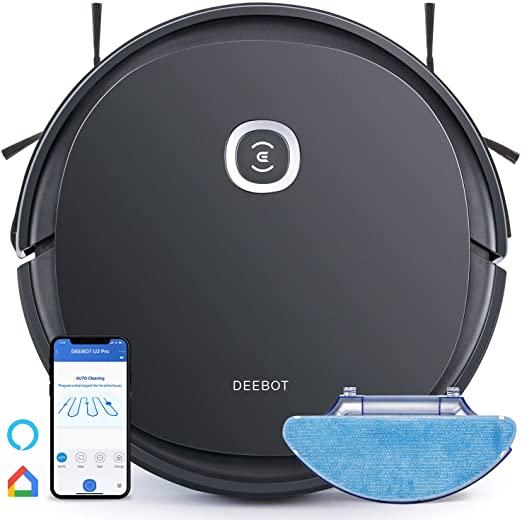
Fake reviews
Fakespot states that reviews from Home Depot verified customers are likely fake. Its assessment – a high recurrence of words and phrases as if from the same songbook. Most have a variation of this phrase, “I always dreamed for one, but I couldn’t afford it until now when Ecovacs decided to make of [sic] for all pockets.” Fakespot also called out Amazon reviews that were highly inaccurate. Amazon tends to aggregate reviews for all models. A review for an intelligent robovac should not appear in the U2 reviews.
